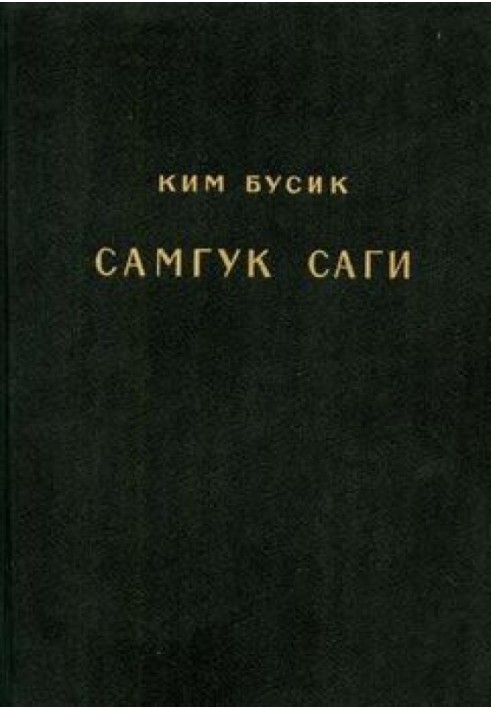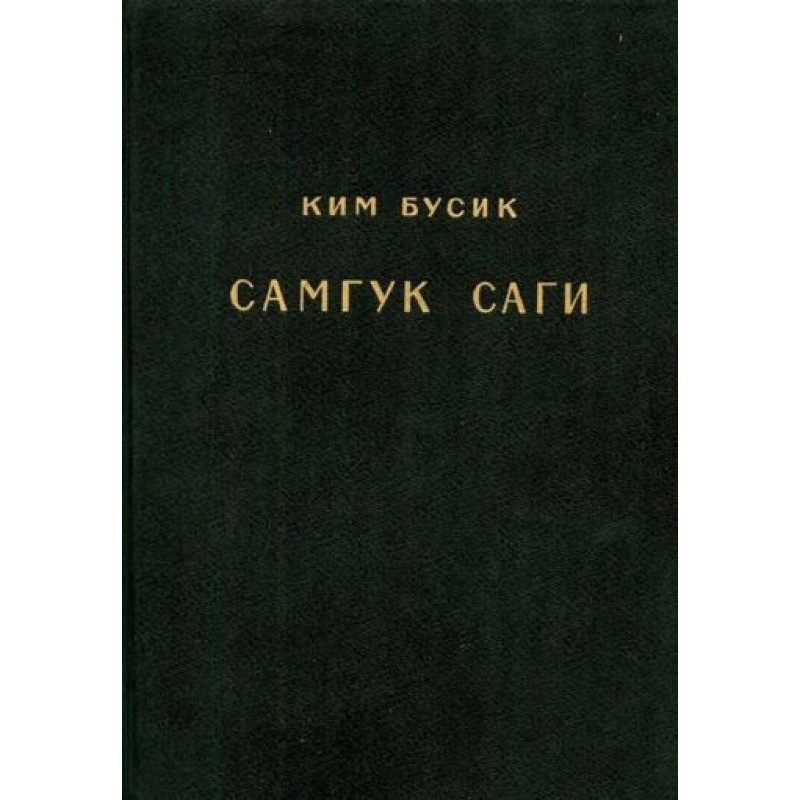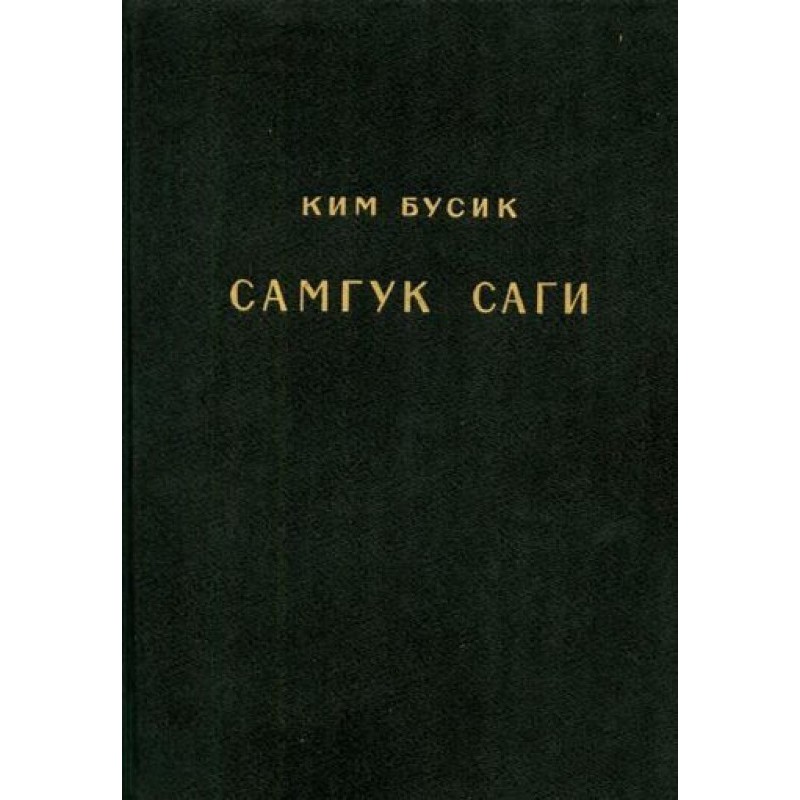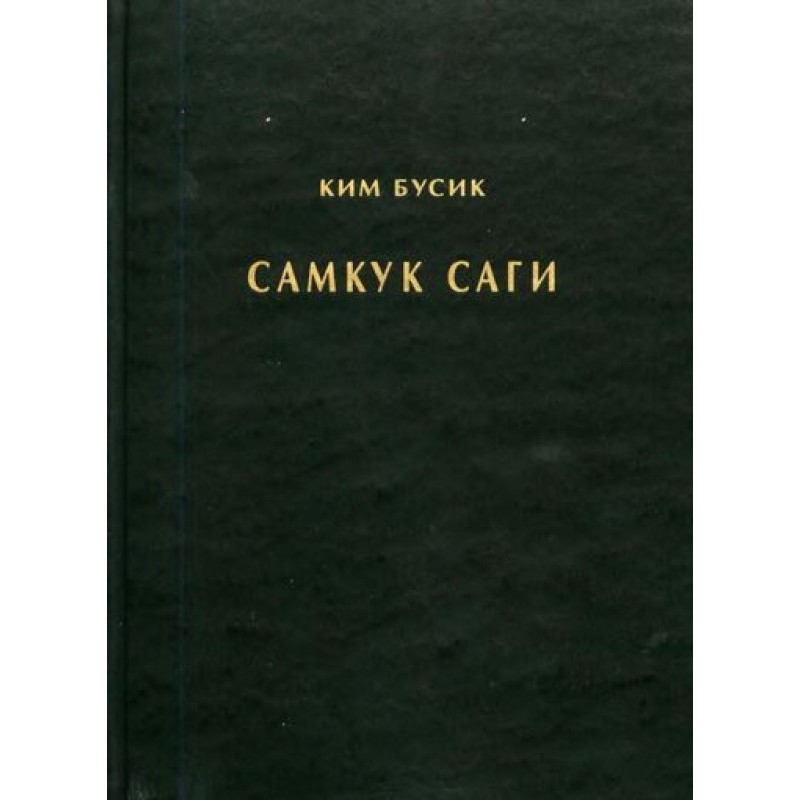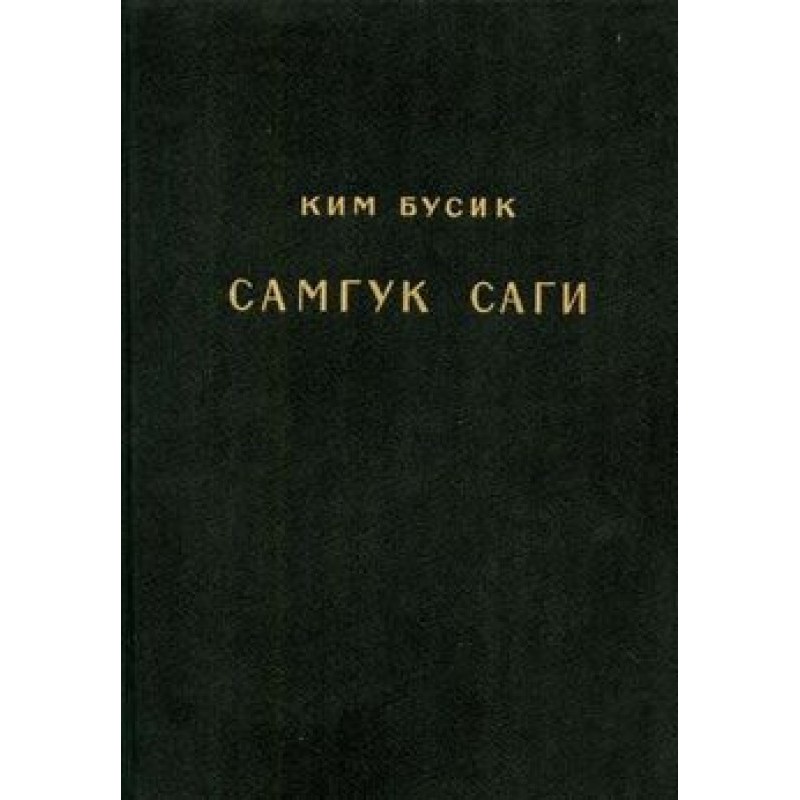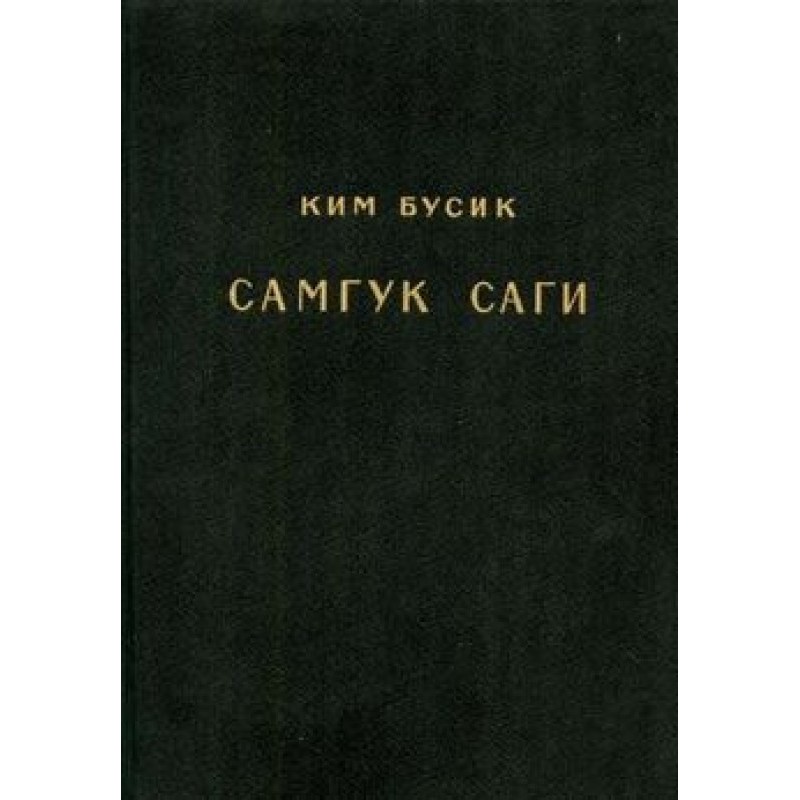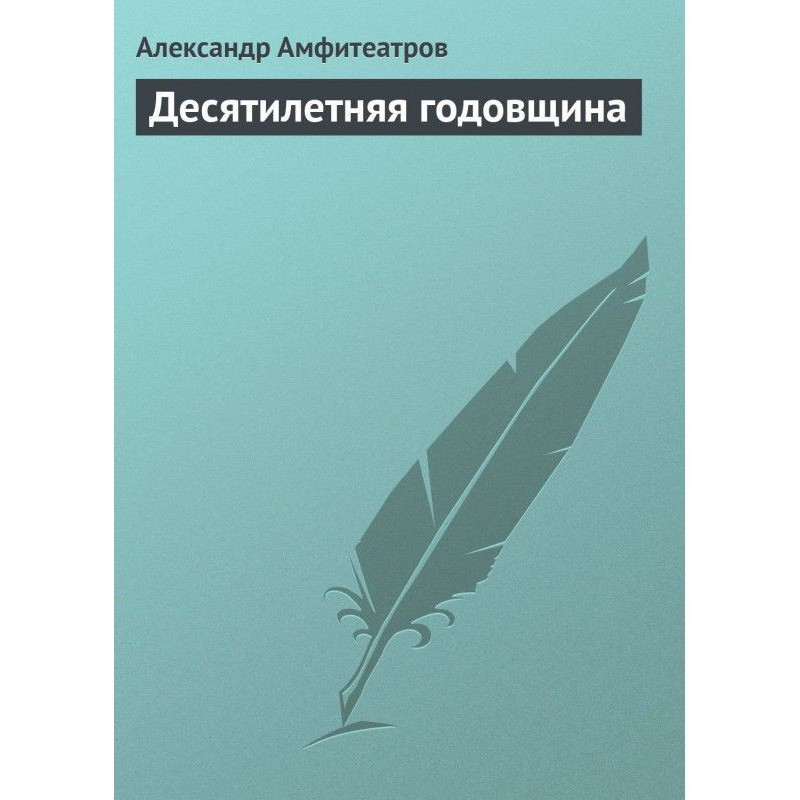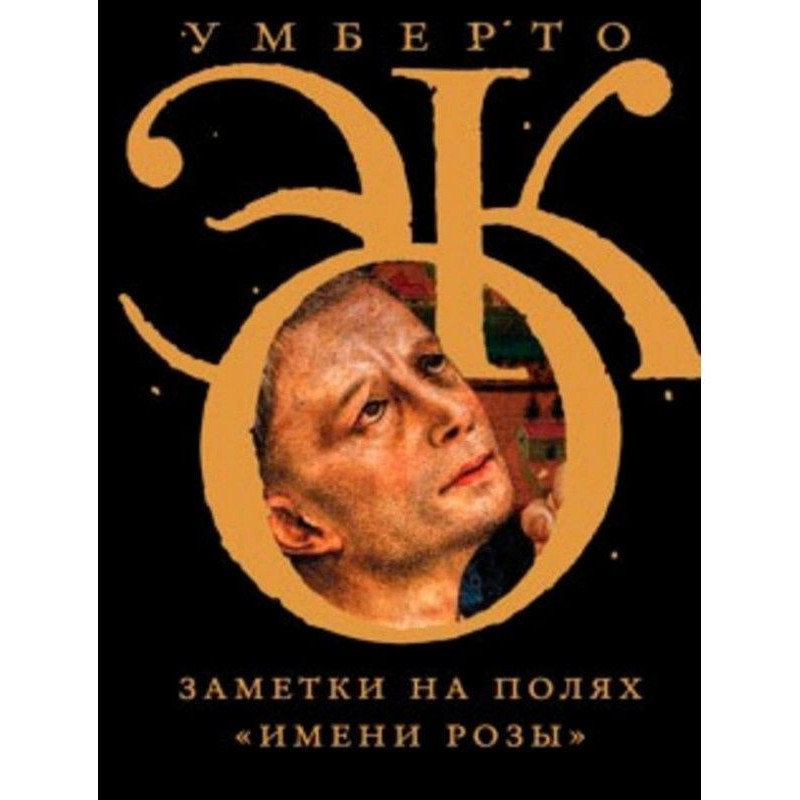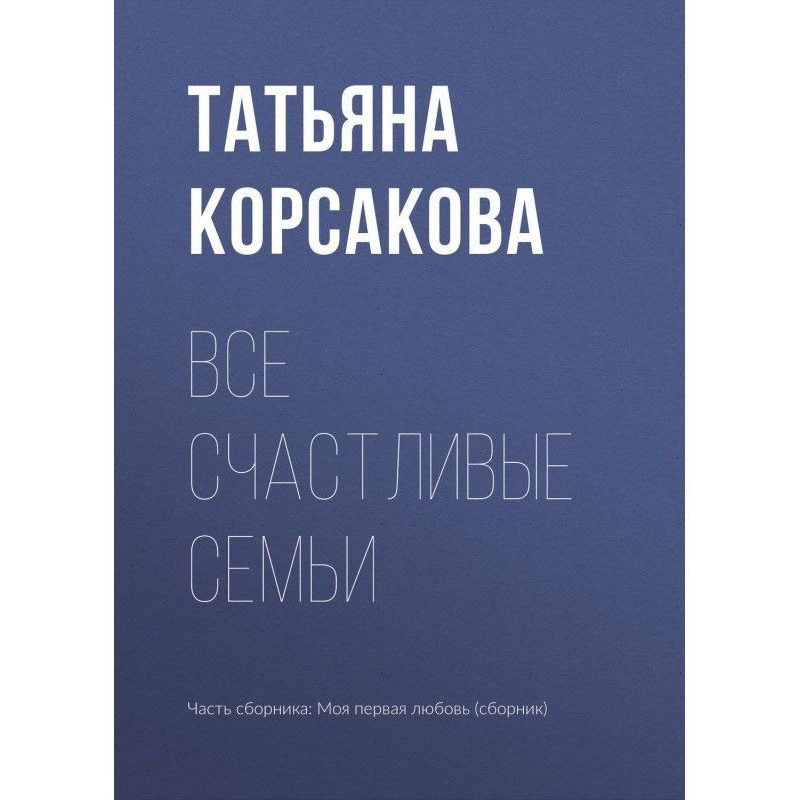Samguk sagi. T. II
 Instant download
Instant download
after payment (24/7)
 Wide range of formats
Wide range of formats
(for all gadgets)
 Full book
Full book
(including for Apple and Android)
The work offered to the reader is a continuation of the publication of the earliest surviving monument of Korean historiography - Samguk sagi (Samkuk sagi, “Historical Records of Three States”), compiled and published in 1145 by the court historiographer of the Goryeo state, Kim Busik. Thirty years have passed since the publication in 1959 of the first volume of the Russian edition of this monument in the series “Monuments of Literature of the Peoples of the East” - a period that was marked by a significant increase in scientific research by Soviet scientists in the field of Korean studies in general and the history of early Korea in particular. Not only such generalizing works as the two-volume collective “History of Korea” appeared, but also special monographs and studies devoted to important problems of the early history of Korea - issues of ethnogenesis and ethnic history of the Korean people (R.Sh. Dzharylgasinova and Yu.V. Ionova), the role of archaeological sources for understanding the ancient and ancient history of Korea (academician A.P. Okladnikov, Yu.M. Butin, M.V. Vorobyov, etc.), the problems of mythology and spiritual culture of early Korea (L.R. Kontsevich, M. I. Nikitina and A. F. Trotsevich), as well as the history of art (O. N. Glukhareva), etc. I would like to think that the beginning of publication in Russian of the main written source on the early history of Korea - the Samguk sagi of Kim Busik - to some extent contributed to the emergence of interest and attention to the problems of the history of Korea of this period. CONTENTS: Preface 7Kim Busik as a historian 9SAMGUK SAGI. (Historical Records of the Three States). Translation of THE CHRONICLES OF GOGURYO 35Part 1. Book 13. The founder is the sacred Wang Tongmyong. Wang Yuri 35Part 2. Book 14. Wang Temusin. Wang Mingjun. Wang Mobon 44Part 3. Book 15. The Great Wang Taejo. Wang Chhade 51Part 4. Book 16. Wang Xinde. Wang Gogukcheon. Wang Sansan 59Part 5. Book 17. Wang Tongchon. Wang Chuncheon. Wang Seochon. Wang Ponsan. Wang Michon 67Part 6. Book 18. Wang Kogukwon. Van Sosurim. Van Kogugian. Wang Gwangaetho. Wang Changsu 77Part 7. Book 19. Most Serene Wang Munja. Wang Anjan. Wang Anwon. Wang Yanwon. Wang Pyongwon 89Part 8. Book 20. Wang Yongyang. Wang Kongmu 100Part 9. Book 21. Wpan Pojang 112Part 10. Book 22. Wang Pojang 123 BAKJE CHRONICLES 133Part 1. Book 23. Founder van Onjo. Wang Taru. Wang Qiru. Wang Keru. Van Sogo 133Part 2. Book 24. Van Kusu. Van Saban. Van Kooi. Wang Chhekke. Wang Pungso. Wang Piryu. Van Sol. Wang Geunchogo. Wang Kyungusu. Wang Chimnyu145Part 3. Book 25. Wang Chinsa. Wang Asin. Wang Chonji. Wang Kuixin. Wang Piyu. Wang Kero 154Part 4. Book 26. Wang Munju. Wang Samgyn. Van Tonson. Van Mooren. Van Son 165Part 5. Book 27. Van Vidocq. Wang He. Van Pop. Wang My 174Part 6. Book 28. Wang Uija 182CHRONOLOGY (weather tables) 192Part 1. Book 29 192Part 2. Book 30 234Part 3. Book 31 277COMMENTS 319SUMMARY 366APPENDICES 367Literature 369Table of ranks ( positions) in the states of Goguryeo and Baekje 373List of eras (mottos) of the reign Chinese and Korean rulers 375Index of names 385Index of geographical and ethnic names 398TEXT 407
Data sheet
- Name of the Author
- Ким Бусик
- Language
- Russian
- Translator
- Михаил Николаевич Пак
Reviews
Неперевершене продовження корейської історії
Книга "Самгук саги. Т. II" є справжнім скарбом для всіх, хто цікавиться історією Кореї та її культурною спадщиною. Продовження цього класичного твору Кім Бусіка відкриває нові горизонти для розуміння ранньої історії трьох корейських держав. Автор майстерно поєднує факти з міфами, створюючи живу картину епохи, що дозволяє читачеві зануритися в атмосферу того часу. Особливо вражає детальність опису подій, персонажів та їхніх взаємин, що робить текст не лише науковим, але й надзвичайно цікавим для широкого кола читачів. Я вважаю, що ця книга не лише сприяє поглибленню знань про корейську історію, але й викликає бажання дізнатися більше про культуру та традиції цього народу. Рекомендую всім, хто прагне розширити свої горизонти в історії Сходу!

